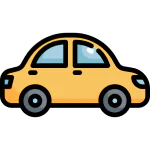How to understand the traffic controller signals: a reminder for drivers
Table of contents
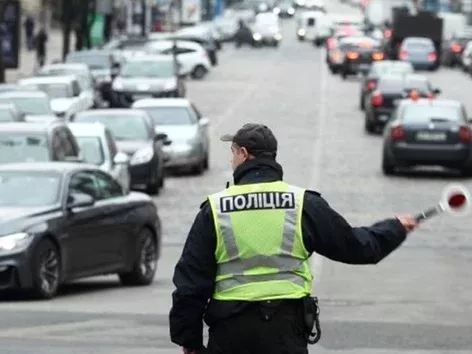
Due to the lack of electricity, traffic controllers are increasingly common on Ukrainian roads. That's why all drivers should know what their movements mean. Find out more about traffic light signals, how to distinguish them and what they mean
A traffic policeman is a police officer who controls traffic with a special baton and whistle. Meeting a traffic controller on Ukrainian roads in normal times is a rare occurrence. However, now, due to a power shortage, traffic lights may not work, and traffic controllers have to manage the traffic. That is why it is worth knowing the traffic rules to understand their signals if necessary. A detailed analysis of the traffic controller's gestures is provided below.
Traffic rules: traffic controller signals for cars
First and foremost, all drivers should know that traffic controller signals have the highest priority over all other road signs and traffic lights. This means that drivers and pedestrians are obliged to follow the traffic controller's instructions.
To understand the traffic controller's signals, you need to pay attention to the position of his body and hand gestures. The traffic warden usually uses a baton or a disc with a red reflector to give signals.
● The traffic controller is facing the driver, with his arms outstretched to the sides and downward, or his right arm with the baton (red disc) is bent in front of his chest. This means that traffic is prohibited in all directions. It is analogous to a red traffic light.
● The police officer is standing on the driver's right side with his arm extended. This indicates that traffic is prohibited on both sides. This signal also means a red light.
● The case of the police officer with his back to the driver also means that traffic in all directions is prohibited.
● The arm with the baton is extended forward. If the traffic controller is facing the driver, it means that driving straight ahead is prohibited and driving to the right is allowed. This is analogous to a red traffic light with a right arrow.
● The hand with the baton is raised. This is an attention signal similar to the yellow traffic light. It indicates the need to prepare for a change in traffic.
● The traffic controller stands with his left side to the vehicle. Arms are down, outstretched to the sides or bent and pressed to the chest. Straight ahead and to the right are permitted, but pedestrians must be allowed to pass first. The signal is equivalent to a green traffic light, but with a ban on left turns.
● The traffic controller is standing with his or her left side facing the car, but with his or her arm extended forward. This means that driving straight ahead, to the right, left and turning is permitted.
Visit Ukraine on social media: Telegram | YouTube | Instagram | Facebook | Twitter | TikTok
Remember that compliance with traffic rules is a guarantee of safety on the road not only for the driver, but also for passengers and other road users.
Keep in mind that insurance is mandatory for all vehicles in Ukraine.
Motor Third Party Liability Insurance (MTPL) is a compulsory vehicle insurance in Ukraine that guarantees compensation for damages in the event of an accident. On the Visit Ukraine portal, you can buy a CTP insurance policy from a licensed insurer for reliable protection on Ukrainian roads. Packages with a deductible of UAH 3200, UAH 1600 and UAH 0 are available.
Just a reminder. Due to the martial law, drivers should be careful when using dashcams on the territory of Ukraine. Read here to find out whether you can drive with a dashcam and on which road sections you should switch off the device.
Want to know more? Read the latest news and useful materials about Ukraine and the world in the News section.
Your car is under reliable protection with a motor third party liability insurance policy from Visit Ukraine. Take out a policy quickly and without any hassle, get favourable insurance conditions and full protection in case of an accident. With a motor third party liability insurance policy from Visit Ukraine, you will always be sure of your safety on the roads of Ukraine.
Do you have additional questions? Contact the Visit Ukraine hotline (Telegram | WhatsApp).
We recommend purchasing it for a safe and comfortable trip to Ukraine:
Visit Ukraine Insurance – safe travel in Ukraine (insurance covering military risks);
Visit Ukraine Legal advice – comprehensive legal support on entry to Ukraine;
Visit Ukraine Tickets – bus and train tickets to/from Ukraine;
Visit Ukraine Tours – the largest online database of tours to Ukraine for every taste;
Visit Ukraine Hotels – hotels for a comfortable stay in Ukraine;
Visit Ukraine Merch – patriotic clothing and accessories with worldwide delivery.
© 2018-2024, Visit Ukraine. Use, copying or reprinting of materials on this site is permitted only with a link (hyperlink for online publications) to Visit Ukraine.
All rights reserved.
Recommended articles
2 min
Transport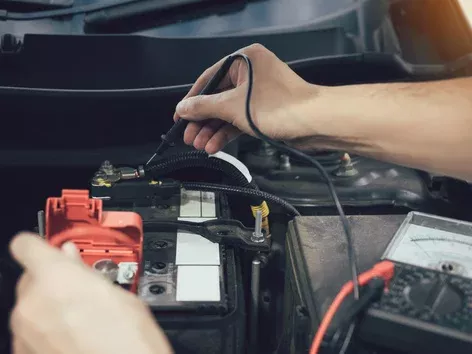
How to care for your car battery in the heat: tips for drivers
A car battery is vulnerable not only during periods of frost, but also in the heat of summer. Find out more about how to protect your battery from high temperatures and other summer care tips
28 Jul. 2024
More details2 min
Transport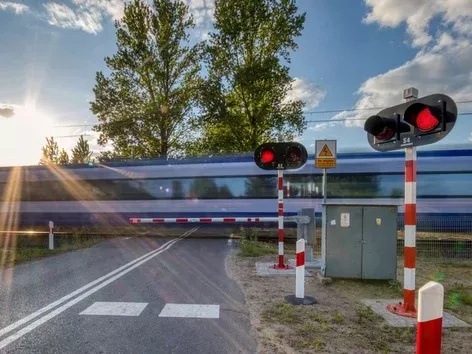
Rules for driving through railway crossings: a memo for drivers
Due to the neglect of traffic rules, railway crossings remain one of the most accident-prone areas. Find out more about the rules for crossing railway crossings, the signs that regulate traffic and liability for violations of these sections
29 Jul. 2024
More details2 min
Insurance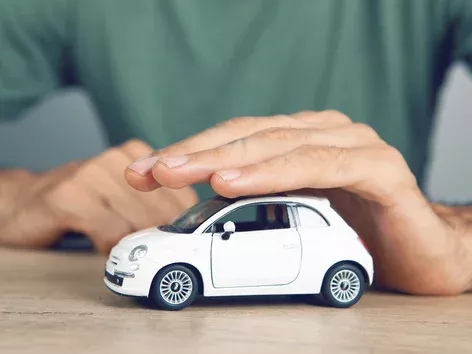
Motor Third Party Liability Insurance (MTPL) and Mini Hull Insurance are Ukrainian insurance policies that cover risks on the roads. Find out more about the difference between the insurances and the differences in compensation in the event of a road traffic accident
30 Jul. 2024
More details2 min
Documents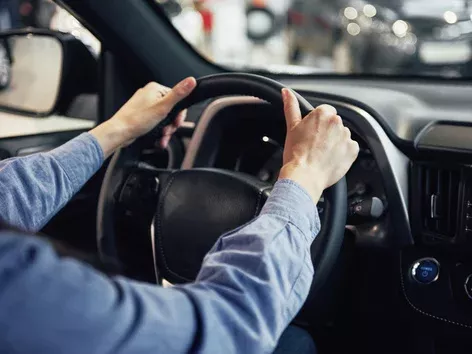
Drivers who have obtained their licence abroad but have now returned or moved to Ukraine need to exchange their foreign driving licence for a state one. Find out more about how to exchange a document, where to apply and whether you need to take exams
31 Jul. 2024
More details

